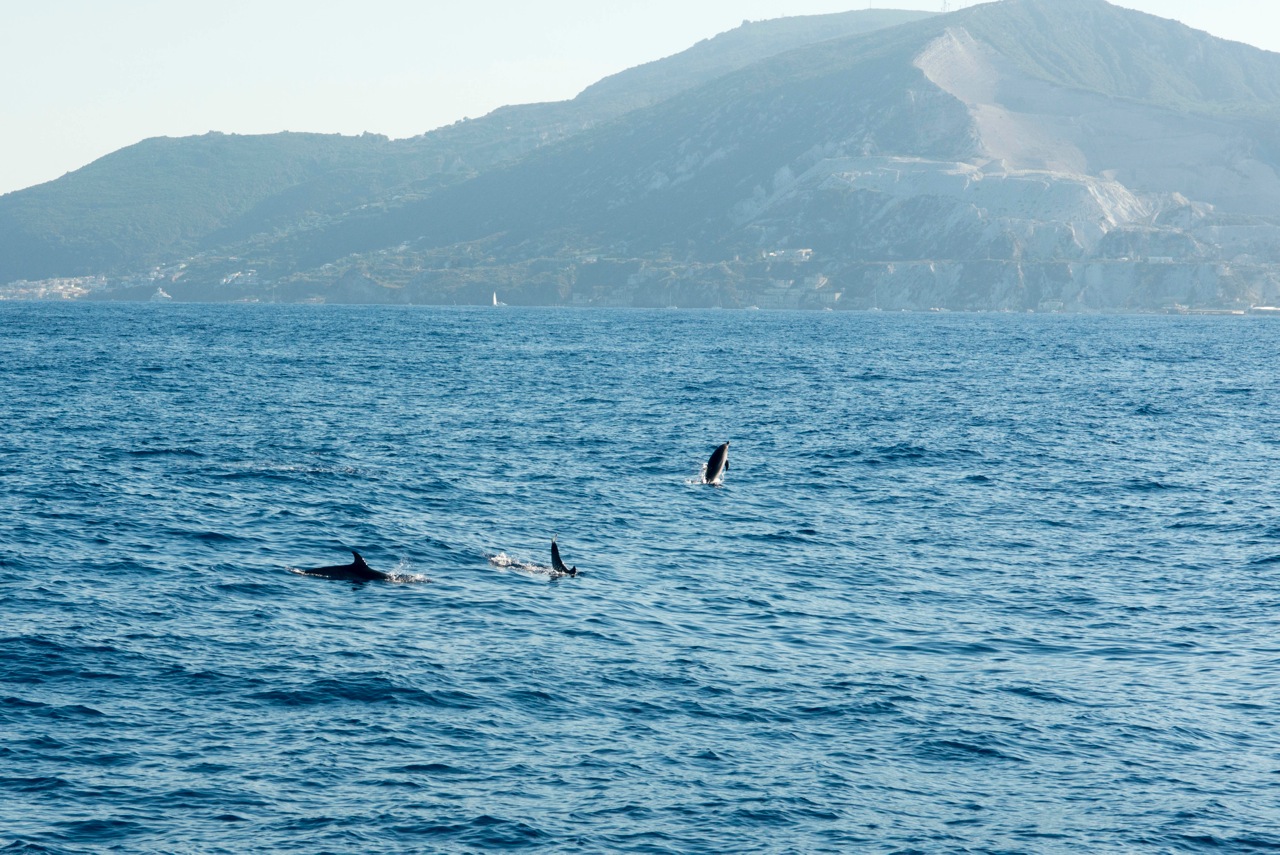A time not too long ago, the Aeolian Islands were a paradise unknown to most people. Only extravagant and adventurous travellers, thrown into scenes of Homeric memory, had visited over the centuries.
They returned, intimidated by those islands where the volcanic ash and the smoke from the craters were mixed and mingled with the clouds.
The volcanic Aeolian Islands, discovered by writers and directors in the second half of the 1940s, aroused the attention of the general public through masterpieces of international cinema.
It was Prince Francis Alliata of Villafranca with Panaria Film Production in the late ’40s who produced documentaries and short films that still represent a valuable source of knowledge of the islands in a robe sadly retro.
Restored in 2007, “White Aeolian” is the title of one of two documentaries a little over ten minutes long that catapults us into an ancient atmosphere that smells of suburban cinema.
We remain stunned, engrossed in the story by the narrator, as our grandparents may have been on the creaky wooden chairs of an old cinema.
The amazing history of Rosaria, the hundred year old woman of Panarea, with the matriarch physique and tottering, who rigorously coordinates the all-woman fishing crew, while men migrated elsewhere in search of fortune.
We learn that the island women were not relegated to domestic life, but were devoted to typically male occupations.
There is a wistful sadness background in those women of Panarea.
Plump and bold who dream of being able to be led away from their first love back from the continent to snatch them.
In a romantic way, the narrator contrasts hopeful young girls to older women with unmet expectations.
Far from the covers of gossip magazines, shabbily dressed models and the bustle of discos, the image of Panarea and its simple life of silence and solitude are the “building blocks of life:” work, home, and bread.
Men, protagonists in the second part, are the diggers of pumice quarry of Lipari.
The excavators slip from the quarry dusty as talcum powder on the mountains plunge down into the sea.
While a small group fills the bags to be loaded on boats, others turn their eyes towards the sea dreaming of fortune in distant lands.
Today it remains a beach of dazzling white and the industrial machinery for processing pumice lays abandoned at the mercy of the waves and rust.
Abandoned are the white pumice quarries and the melancholy women of Panarea, the second documentary shows Vulcano and Stromboli and contrasts the vast silent lunar craters at the first sound of Stromboli.
In “Islands of Ash”, also renovated in 2007, a girl hunting with her father leads the cattle grazing on the island of Vulcano.
Instead, Stromboli is scary as a tremendous human being, the countryside is a dead expanse where everything is ruined and abandoned.
The roar of his explosions sowed fear and confusion in the few inhabitants as it flowed “slow and fossil” the pace of life in the island of fire and ashes.
Iddu, as they call it, still is good or bad depending on his mood.
Stromboli is now a favourite of celebrities and fashionistas, the scene of glamorous parties for guests after mooring their huge yachts.
The Aeolian Islands Preservation Fund aims also to keep this memory intact, where islanders were poor but the sea was so rich! Fish, corals, incredible colours.
There is a little association, based in Lipari island, “Il Centro Studi Eoliani”, where amazing people work diligently to keep all the memories of the past alive with videos, books, and pictures. Thanks to people like them, we will never be able to forget the difficult and glorious past of the magical Aeolian Islands.
Let’s preserve this incredible and unique cultural and natural heritage!
– See more at: http://theterramarproject.org/thedailycatch/aeolian-islands-islands-of-fire-and-women/#sthash.856qvT9d.dpuf
